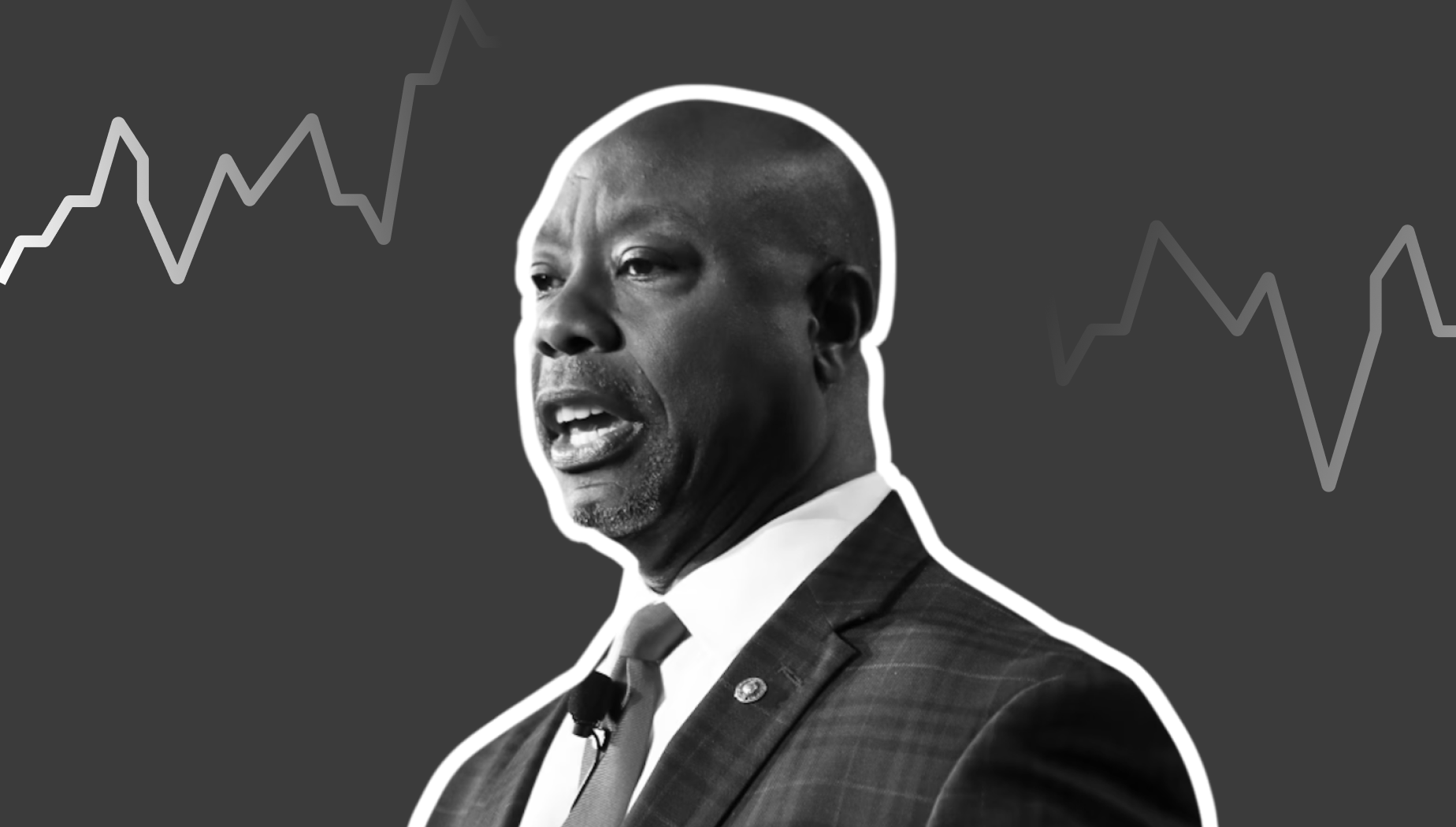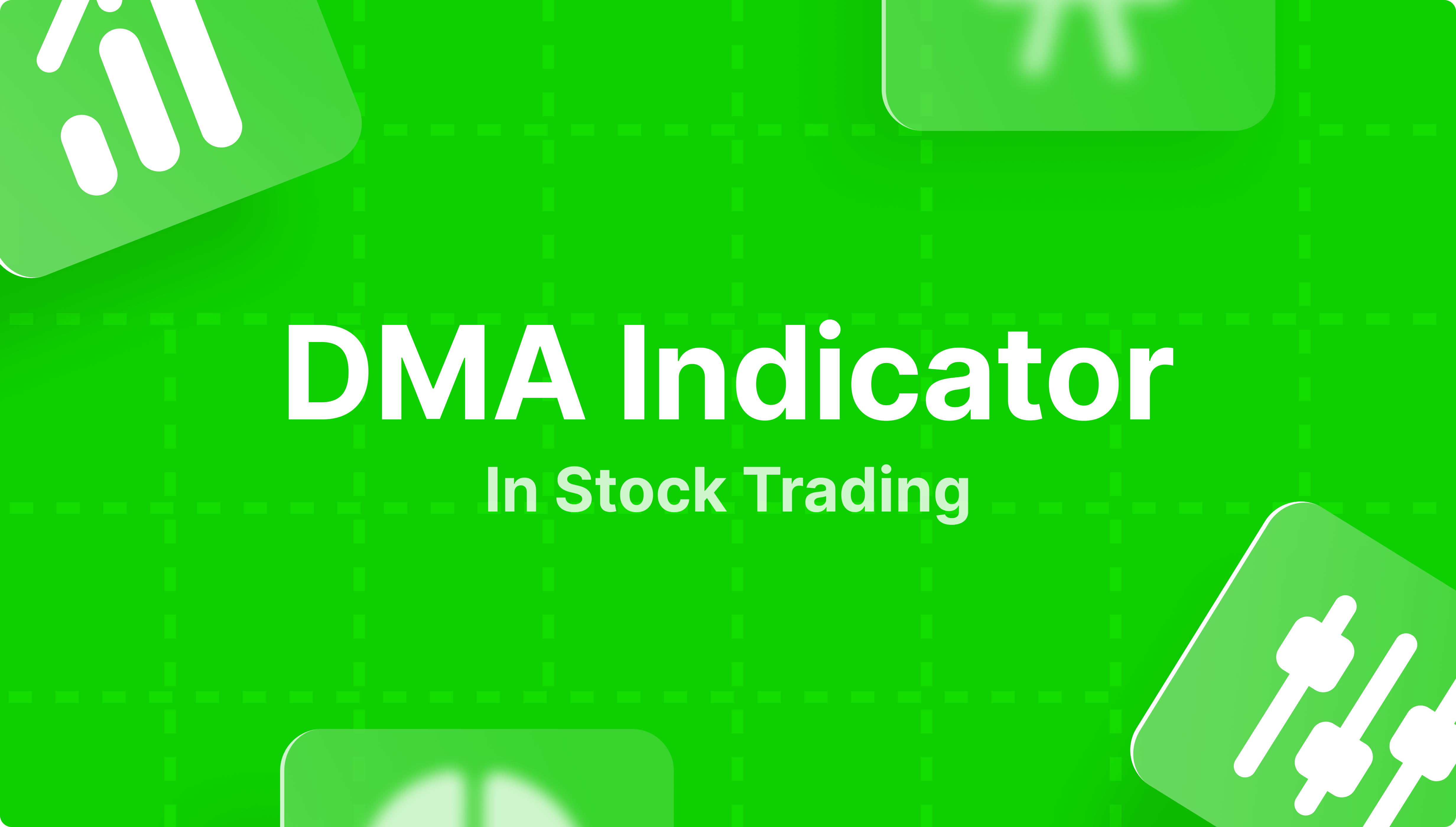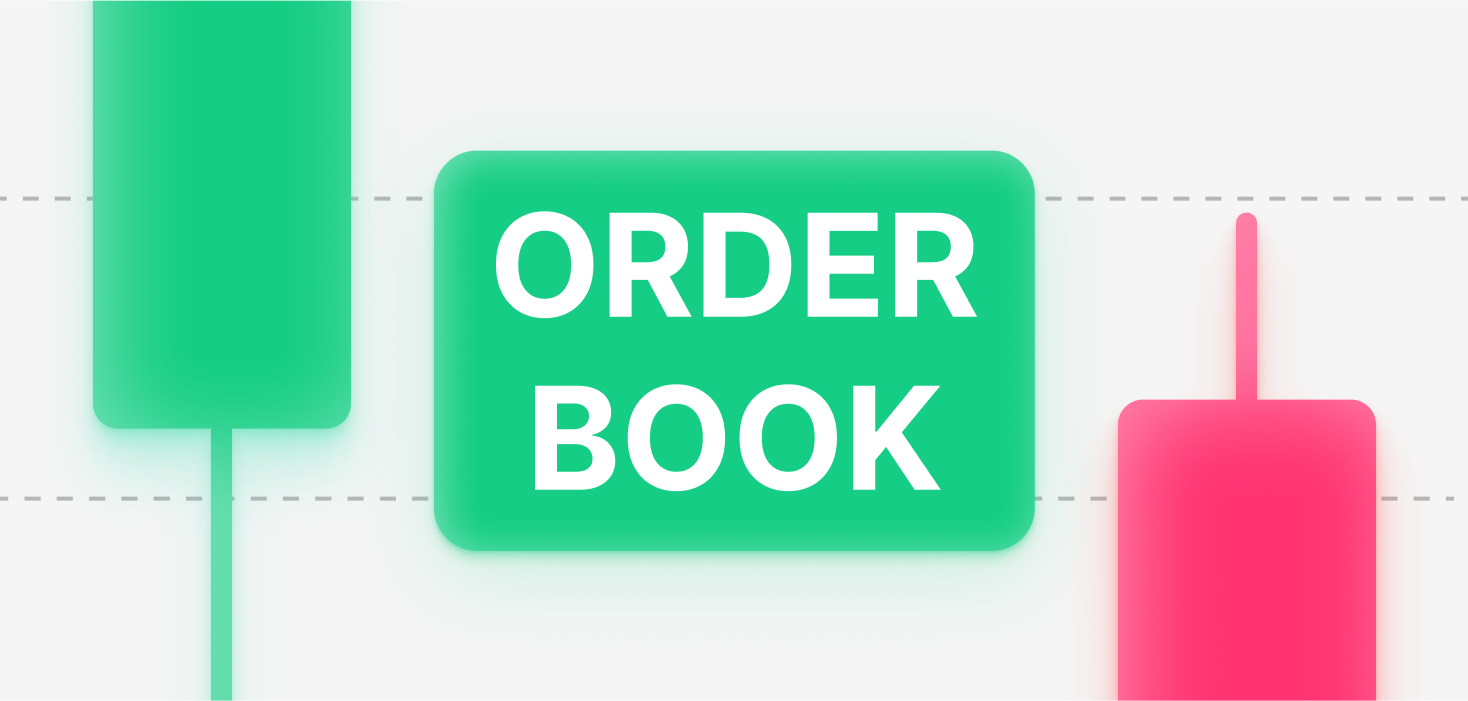What is Leverage Trading in Crypto?
Articles


Innovative concepts, such as leverage trading or crypto assets, are definitely attractive but are challenging, particularly for novices. It’s essential to grasp what crypto is and its main functions are before speculating with leverage. The next stage would be to study more about cryptocurrency leverage trading itself, including its ups and downs.
Although cryptocurrencies are the primary topic of this article, a lot of the material also relates to other marketplaces.
Let’s first begin with the definition of cryptocurrency, how it works and how it is being traded on modern crypto platforms or exchanges.
What Is Cryptocurrency?
The word cryptocurrency is currently mentioned practically everywhere in the financial world. Crypto is a digital currency that uses sophisticated encryption to protect itself from any form of falsification or so-called double-spending. Its vital component is blockchain technology, a decentralized ledger maintained by a distributed global network. A key aspect of cryptocurrencies is their independence from central powers, making them resistant to government intervention and control.
The term “crypto” relates to the numerous sophisticated cryptographic methods, such as hashing, public-private key pairings, mining, and many more. By using these assets, direct purchases can be made without the use of external intermediaries in a safe and secure manner.
Mining is the primary method of obtaining Bitcoin or any crypto asset that utilizes the Proof-Of-Work algorithm. The easier option is to buy them via exchanges. Worth noticing is that in e-commerce, numerous websites already enable cryptocurrency transactions, and consumers are also slowly but surely getting used to paying using cryptos. Cryptocurrencies have grown exponentially in value as trade assets or as stores of value due to their attractiveness. Moreover, due to their decentralization, they are utilized for cross-border transactions and could be sent globally in a matter of minutes.
Blockchain
Blockchain technology is essential to the functioning of Bitcoin and every other altcoin (every crypto coin except BTC). A blockchain network consists of interconnected blocks. Each block contains a set of operations, which must be validated individually by each network participant.
The fact that every new block must first be approved by each node makes it nearly impossible for counterfeit transactions to take place. Digital ledger data must be agreed upon by the network of computers where each node holds a copy.
Many people praise blockchain technology because they believe that the technology can benefit entire industries, including the supply chain, as well as procedures like electronic voting and fundraising. Numerous financial and other organizations are currently experimenting with the use of blockchain technology to save money on transactions by improving payment processing.
Once the theory is clearer, it is time to describe how crypto is traded and then move on to crypto leverage trading itself.
Trading cryptocurrencies essentially involves placing a bet on where the price of each cryptocurrency stands in relation to other cryptocurrencies or fiat currencies. The current and effective method of trading cryptocurrencies is through CFDs (contracts for difference), which offer additional flexibility, the ability to use leverage, and the option to take both short and long trades.
Furthermore, there are multiple approaches to exchanging crypto assets. The first method is exchanging cryptocurrency through an exchange. Using derivative financial instruments, such as CFDs, is among the most popular options for trading cryptocurrencies. The first option has grown in importance recently because it requires less financial investment and allows traders to bet on cryptocurrency price changes without directly purchasing them.
After selecting the crypto assets you intend to trade, it is up to you to decide whether to initiate a sell or buy position. In either case, a trading window will then appear, where you may select the number of contracts and whether to carry out risk management orders like Take Profit or Stop Loss which go into effect when a predetermined price is hit. Ultimately, all you have to do is to press the button on the platform when you’re ready to exit from the position.
Now, let’s find out what leverage is in crypto trading, how it works, and how it looks in an example.
What Is Leverage In Crypto Trading?
Trading cryptocurrencies or other assets with “not your” capital is known as leverage. This means that your purchasing or selling power increases, allowing you to trade with more money than you actually have. In some cases, clients can get up to 100 times their account balance. The amount of leverage a trader can take solely depends on a cryptocurrency exchange.
A ratio that represents the level of leverage, such as 1:5 (5x), 1:20 (20x), or 1:50. (50x), displays the multiplicity of your starting capital. Say you opened a 10 000 USD position on some crypto asset. With 1 000 USD in your exchange account, your 1 000 USD has the same purchasing power as 10 000 USD with a 10x leverage.
Leverage can be used to trade various crypto derivatives, as well as margin trading, leveraged tokens, or futures contracts.
Remember that you need to make an initial deposit before you can borrow money from the exchange. Then the broker will refer to the original investment you make as the collateral. Your usage of leverage and the total amount of the transactions you seek to open will determine the collateral needed. This is also known as margin.
Let’s use an easy formula as an example. Suggest a trader would like to use a 10x leverage and buy 10 000 USD of Litecoin (LTC). It is necessary to own at least 1 000 USD in your account as collateral to get money as the needed margin. Your minimum margin would be considerably smaller if you used, for example, 20x leverage (1/20 of 10 000), which would equal 500 USD. Bear in mind that increased leverage also means an increased risk of the position being liquidated.
Yet another factor to note is that every trader needs a margin barrier for every leveraged trade in addition to your first margin investment. It is vital to add more money to the trading account if the market goes against your position and the margin falls below the maintenance barrier to keep your position from being liquidated.
No matter what position you intend to take, you can use the benefits of leverage in both situations. Going for the long position? That means you anticipate an asset’s price to rise. Alternatively, if going short, traders expect the asset’s price to decline. That said, let’s take a quick look at the following example.
Suggest you have invested 5,000 USD in Dogecoin using the leverage of 1:10. In this scenario, the necessary margin would be 1/10 of the 5,000 USD, totaling 500 USD, which would serve as a guarantee for the borrowed money. Moreover, with, say, 1:40 leverage for the same 5 000 USD, the margin will be 5000 USD/40, which would equal 125 USD. Thus, the lower the leverage, the lower the required margin.
As mentioned above, there is always the other side of leverage trading. The higher the leverage, the greater the probability of being liquidated. Therefore, you must preserve the monitoring of the margin status for your trades.
Some traders often wonder why someone would use leverage trading in crypto.
Leverage is a tool used by traders to raise the amount of their position and potential returns. Leverage is a powerful tool for trading, but it can also result in significant losses, as the information above illustrates.
When you have a clearer image of cryptocurrencies and leverage trading in crypto, let’s look at their benefits and possible hidden issues.
Upsides
Below are multiple advantages of using leverage in trading:
A) Extra purchase power
The fact that leverage trading increases your purchasing power is arguably both the most exciting and advantageous aspect of it. Thanks to that, traders can trade up from their current position at a higher point than the original deal.
B) New possibilities for investing
With the support of leveraged trading, traders can quickly create new targets in addition to expanding their purchasing power. The procedure usually includes borrowing money in addition to using the assets you already have. After that, you’ll put it to work by adding more assets to your account. This is an excellent investing strategy because it gives you a chance to expand your account at a fixed amount. Despite the fact that this procedure may carry a little bit more risk than other well-known trading tactics, it nevertheless provides a ton of opportunities to receive extra money directly into your account.
C) Flexibility
Trading with leverage gives your investment portfolio extra flexibility. You can easily make significant gains with smaller sums of well-maintained capital. You can pay your broker on time without even missing an interest rate as long as you have earnings in your account. Even better, you can use your multiplied position to make a significant profit. As a result, both your investing goals and your broker’s status are improved.
D) Expansion of the account
Traders who are experienced with leverage consider it to be an effective means of using borrowed funds and capital. Many traders claim that knowledge of leverage trading allows them to trade on new levels they couldn’t otherwise access. Aside from that, traders are permitted to trade for extra contracts, assets, and many more. Leveraged trading offers the opportunity to implement new techniques and ultimately discover the full potential of your account.
Risks are undoubtedly present with leverage trading as well. Let’s take a look at how it might slow down your trading journey:
Drawbacks
A) Increased risk to lose of your capital
Trading on leverage is as risky as cryptocurrency trading itself. When combined, the outcome could be dangerous to your account and eventually lead to liquidation of the whole account. The additional margin trading may negatively affect the return on your original investment. You may find yourself in a considerably larger debt when the margin affects your account since you will have to pay both the borrowings and any current repayment terms, such as interest and fees.
B) Multiple complications
You may find it frustrating if most brokers refuse to support your demands unless you make a larger margin. Also, keep in mind that increasing your margin also increases the risks associated with your investment. Using leverage also involves the margin call. Brokers use this tactic to notify you of poor performance, which indicates you are not meeting their expectations. Your account can be closed, so you will be left with less money than you originally intended to invest (or nothing).
C) Dangerous for novices
Performing effectively with a leveraged trade enables you to diversify your investments in the cryptocurrency market across many exchanges. For novices, however, there are many factors in this industry to grasp what leverage trading involves to prevent significant market losses. To properly implement the leverage trading technique, you need to be skilled and knowledgeable in this area. To reach the point of being a successful trader, newcomers must put in a lot of effort. If you want to achieve that, there are numerous online courses to learn from. Moreover, novices can start by trading on demos to learn basic skills and how to deal with emotions.
D) Required appetite for higher risk
Trading with leverage is most practical for investors aware of the significant dangers involved. This is primarily because using margin involves numerous risks for your account, which requires resistance to high risk. Preparing solid strategies to avoid unfavorable situations as a trader is highly recommended. For those who are not ready to risk and experience adrenaline trades, this is not the best spot to be in.
Conclusion
Cryptocurrencies are a great, modern, effective financial tool, and trading with it could bring stunning results and fortune to many. On the other hand, it is the most volatile and dangerous asset class. When you combine it with leverage trading, trading crypto could get even wilder.
You may easily get started with less money upfront and witness the potential for greater returns thanks to leverage. However, using significant leverage might quickly result in liquidation due to leverage and market volatility. Lower leverage implemented to every trade provides you more room to breathe by allowing you to set broader but diligent stops and prevent a higher capital loss. Remember that each trader’s needs can be addressed by modifying the leverage. Always take precautions when trading and consider your risk tolerance before using leverage. In every scenario, never use leverage when trading with money you cannot afford to lose.











